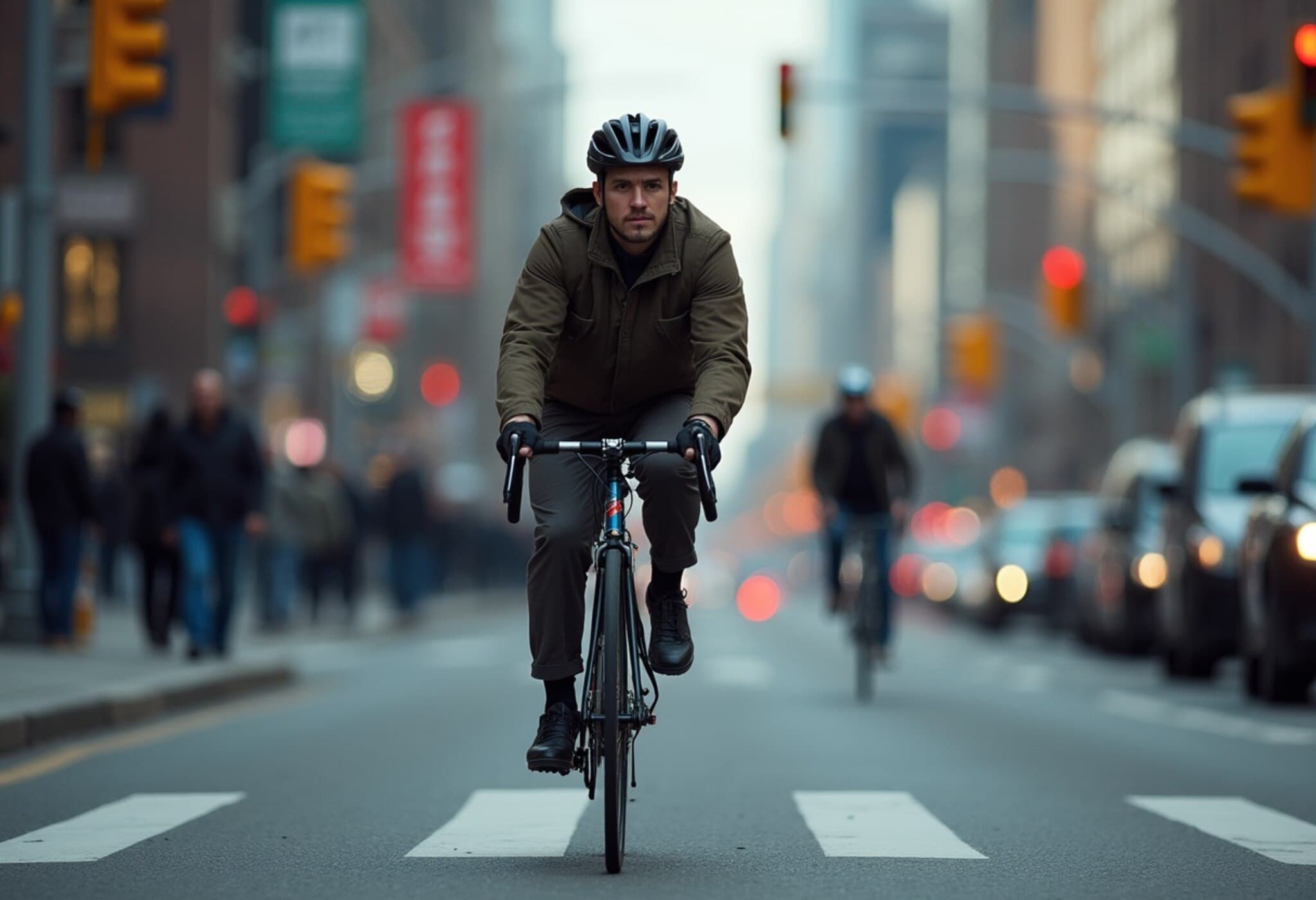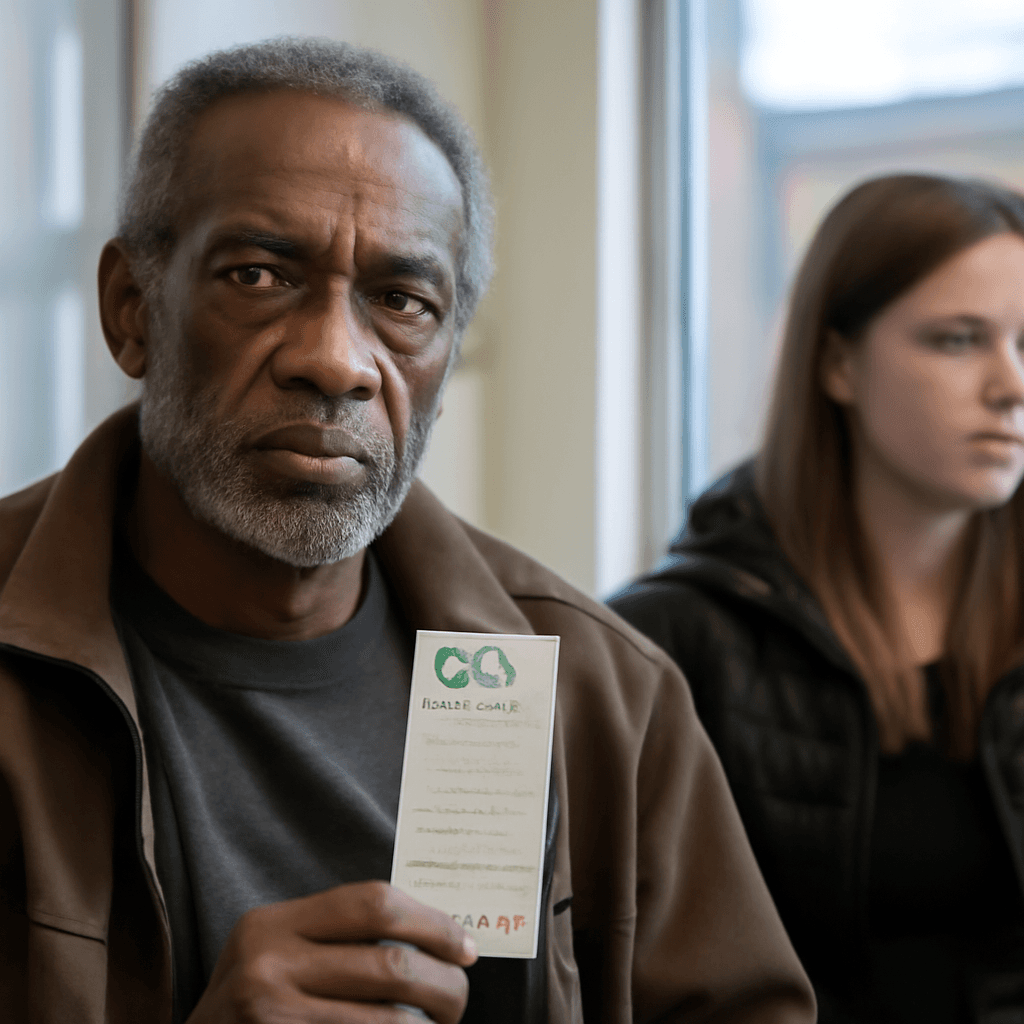A Deepening Divide: The Battle Over Bike Lanes in Toronto
Toronto, Canada's largest city, has become the focal point of a heated debate pitting cyclists against drivers — a clash rooted not just in differing transportation preferences but in the vision for the city’s future. At stake are 14 miles of bike lanes on key downtown arteries, which the provincial government has ordered to be removed, igniting strong opposition from cycling advocates and city officials.
The Rise of Cycling Culture in Toronto
In recent years, especially spurred by changes in commuting patterns during the pandemic, Toronto saw a significant expansion of its cycling infrastructure. Between 2020 and 2024, the city added some 67 miles of bike lanes, bringing the total network to over 207 miles. Thousands embraced this shift, with the city’s bike-share program recording a surge from 2.9 million rides in 2020 to 6.9 million in 2024.
Melanie Ng, a doctoral student and avid cyclist, reflects this optimism: "The city was finally making strides toward safer streets," she shared, describing how bike lanes ease riding on previously perilous urban roads. For many like her, these dedicated corridors represent not only safety but an invitation to a healthier and more sustainable lifestyle.
Political Winds Shift: The Pushback Against Bike Lanes
Yet, not everyone shares this enthusiasm. Ontario’s Premier Doug Ford has framed these lanes as a catalyst worsening Toronto’s notorious traffic congestion. Citing concerns from drivers, delivery workers, and taxi operators, the provincial government enacted legislation to remove key stretches of bike lanes on major downtown roads.
Toronto’s Mayor Olivia Chow, herself a cyclist, initially opposed the law, emphasizing the city's right to dictate its transportation policies. However, recent comments reveal a more conciliatory tone, seeking compromise solutions such as relocating lanes or optimizing road design to accommodate all users.
Voices from the Streets: Drivers, Cyclists, and Residents
- Drivers’ frustrations: Longtime taxi driver Nasser Moradman described city driving as "miserable" due to the added congestion from bike lanes, especially when usage drops in harsh winters.
- Community concerns: Retiree Sharon Danley opposes a local bike lane, arguing it impedes transit services critical for people with disabilities and clogs essential arteries.
- Cyclists’ advocacy: Volunteers like Chad Mohr, who deliver groceries by bike, warn that dismantling bike infrastructure is a regressive, costly move that endangers lives.
Economic and Safety Implications
Traffic gridlock is more than a nuisance in Toronto – it costs the economy dearly. A report estimates that congestion results in $33 billion CAD in lost productivity annually, underscoring urgency to find effective, equitable solutions.
Safety is another critical dimension: Last year saw the highest cyclist fatality toll in two decades, with 260 serious injuries recorded from 2016 to 2023, mostly on streets lacking dedicated lanes. The city warns that removing bike lanes risks increasing these tragic numbers.
Notably, the province has passed laws shielding itself from liability in cycling injuries connected to the lane removals — a contentious move highlighting the tension between public policy and individual safety.
Global Urban Context
Toronto’s conflict echoes broader debates in metropolises worldwide. Cities like New York and Paris have expanded cycling infrastructure to promote environmental goals and reduce car dependency. Yet, reactions vary: While many applaud these initiatives, critics argue they create hardships for drivers and workers reliant on road access.
Within the American context, similar disputes over road space allocation often involve balancing climate priorities with economic and social equity. This is especially contentious where rapid transit options remain underdeveloped, as is the case in Toronto’s sprawling suburbs.
Looking Ahead: Can a Balance Be Struck?
Toronto stands at a crossroads. The ongoing legal challenges delaying bike lane removals highlight the city's divided impulses. Experts and advocates suggest that solutions might lie in thoughtful urban design—reconsidering parking, traffic flow, and transit integration—to create inclusive streets that serve multiple users fairly.
As Michael Longfield of Cycle Toronto remarked from his hospital bed recovering from a cycling injury, "The idea that removing bike lanes will solve traffic is not backed by evidence." This dispute invites a deeper interrogative: How can cities evolve to prioritize safety, sustainability, and mobility equitably without sacrificing the needs of any stakeholder?
Editor’s Note
The debate over Toronto’s bike lanes is emblematic of a global urban challenge—reconciling competing demands on limited road space amid shifting environmental and social priorities. Beyond immediate conflicts, it prompts reflection on whose voices dominate city planning and how best to build streets that are safe, efficient, and just. Whether you’re a driver, cyclist, pedestrian, or policymaker, these questions affect the quality of urban life and demand nuanced, inclusive solutions.













